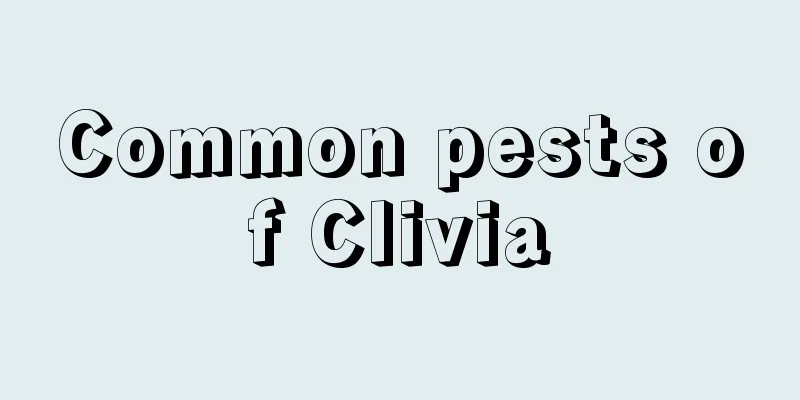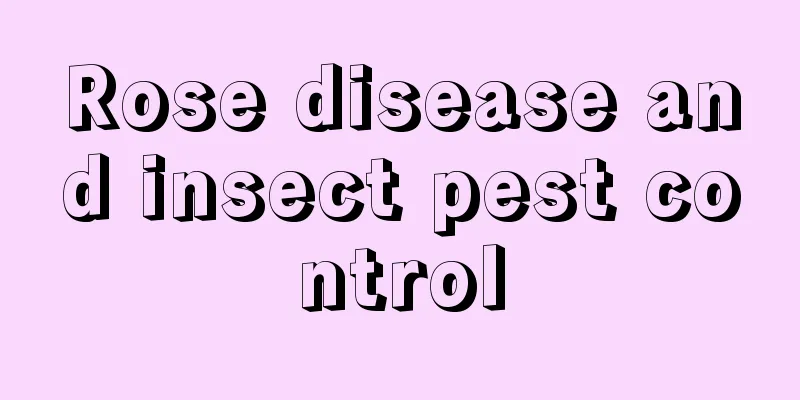Common pests of Clivia

Common pests of CliviaThe most common insect pests of Clivia are scale insects and earthworms. Scale insectsScale insects mainly gather in the tender buds of leaves, secreting pathogens while sucking juice, causing the stems and leaves to gradually turn black and the leaves to wither. Scale insects have a strong reproductive capacity and can produce multiple generations a year. One adult can reproduce hundreds of insects. If timely prevention and control measures are not taken, plant death is inevitable. Prevention and treatment methods Prevention of scale insects should be the main focus. Pay more attention to observing the plants at ordinary times, and deal with insect pests as soon as possible if they are found. When the disease occurs, it can be treated with a combination of manual and drug treatments. When small insects appear on the leaves, scrape them off directly or remove them with a thin bamboo stick. If a large number of insects appear, you can spray them with 2-methoate emulsion or oxydemeton-methyl emulsion. Usually, 1 to 2 sprays can kill them. earthwormWhen flower lovers see earthworms being classified as pests, they can’t help but be surprised. Yes, you read that right, earthworms are pests of Clivia. When Clivia is a seedling, its fleshy roots are relatively delicate. If there are earthworms in the pot, they will drill around everywhere, injuring the young roots, affecting the Clivia's absorption of nutrients and easily causing root rot. Prevention and treatment methodsNormally, earthworms do not grow naturally in the soil. However, you need to observe frequently. If round soil particles appear on the surface of the potting soil, immediately water it with DDT emulsion mixed with water. If earthworms start to move after watering, remove them immediately. Repeat the above steps again after a week to eradicate it. |
<<: Narcissus pest control methods
>>: What should I do if my purple pearl has worms?
Recommend
The symbolic meaning of lotus
1. Praise beautiful women In ancient China, many ...
What soil to use for pomegranate tree potting
1. What soil to use It has strong survival abilit...
How many pounds of potato are generally produced per mu? Planting techniques for producing 10,000 pounds per mu
Potato yield per acre Generally speaking, the pot...
How to quickly root the green radish cuttings? Can hydroponics with sugar help it grow roots quickly?
1. Rapid rooting method of cuttings 1. Choose the...
Cultivation techniques and precautions for daffodils
The daffodil flowers are as white as jade, with g...
Is Calla Lily poisonous?
1. Is it toxic? It is poisonous because it contai...
Is Hoya poisonous?
Is Hoya poisonous? Hoya has a strong aroma, but i...
What are the varieties of sunflowers?
Pollen varieties In California, the most widely g...
Sugarcane farming method
1. Maintenance methods 1. Substrate selection: In...
How to plant and propagate Tiger tail orchid? Planting methods and precautions for Tiger tail orchid
Tiger Piranha is a very common ornamental green p...
How to plant aloe vera
Selection of potting soil and seedlings for aloe ...
You should grow these 10 kinds of flowers in autumn. When they bloom, your neighbors will envy you.
Osmanthus fragrans Flowering period: September to...
Silver Star's water and fertilizer management
Silver Star's Moisture Management Succulents ...
How many pounds of green onion can be produced per mu?
Onion yield per mu The specific per-acre yield of...
Hurry up and pinch these osmanthus branches. In one month, they will bloom so many times that the fragrance will spread for 10 miles!
Pinch off the top buds - double the flowering Why...









